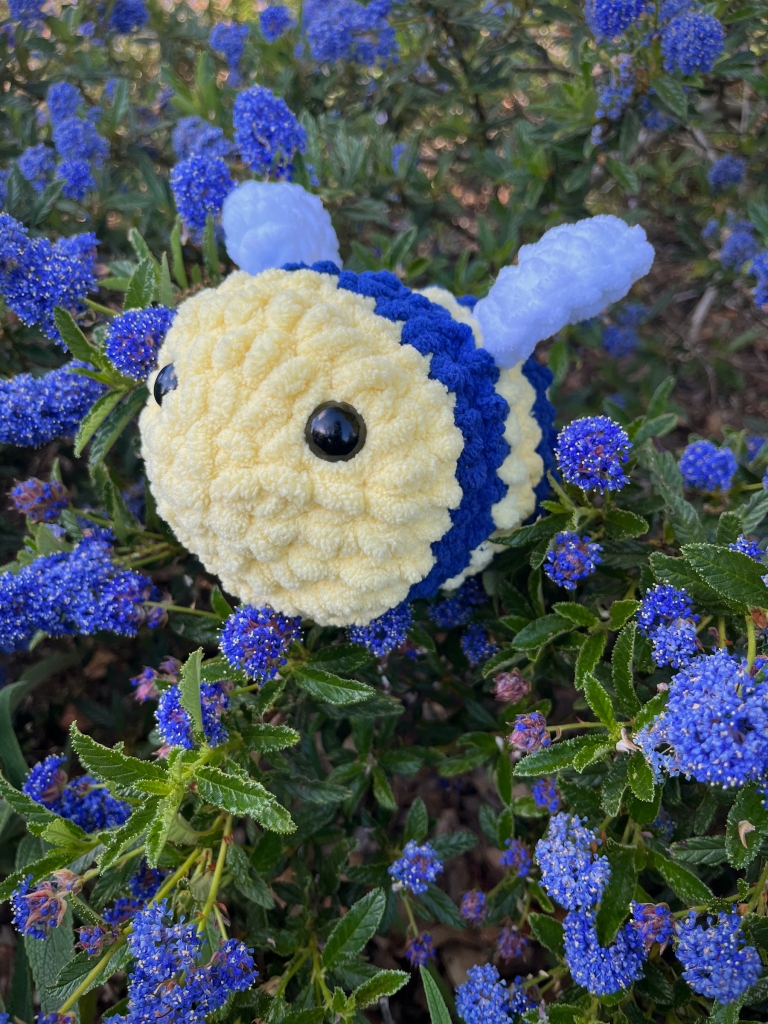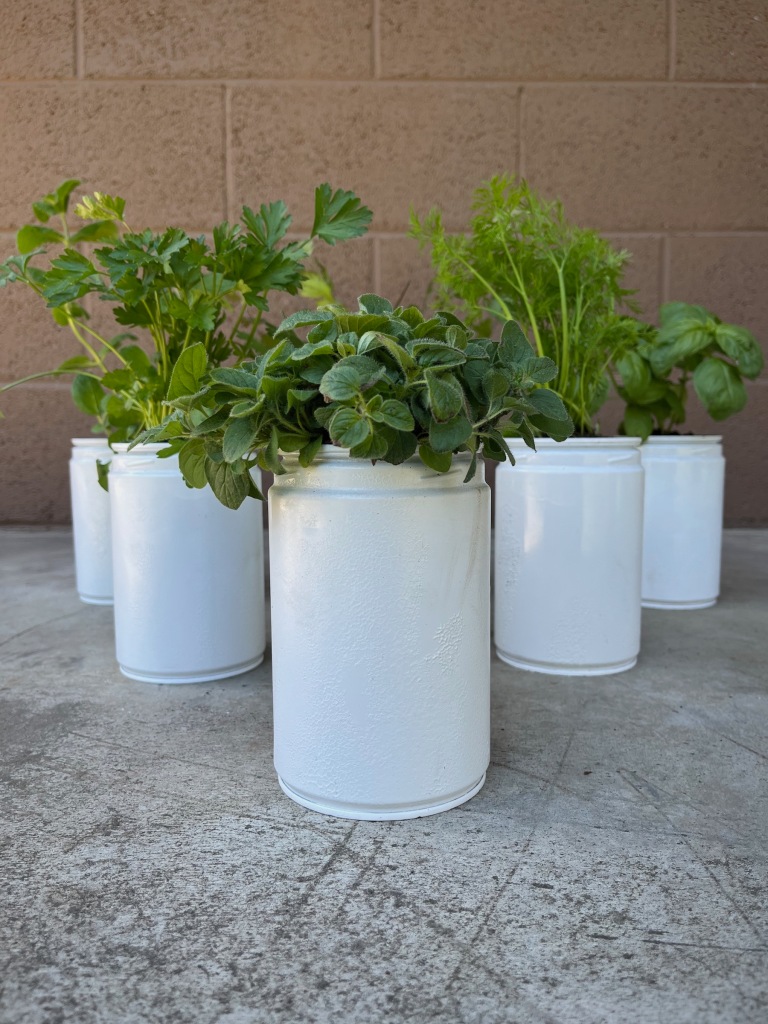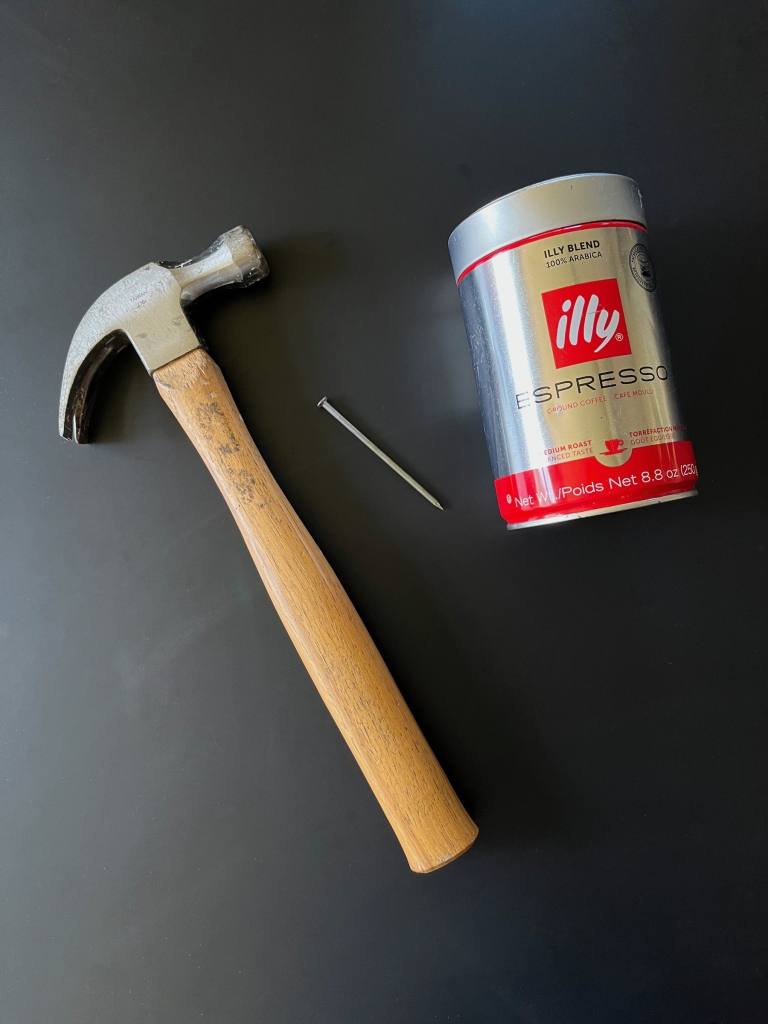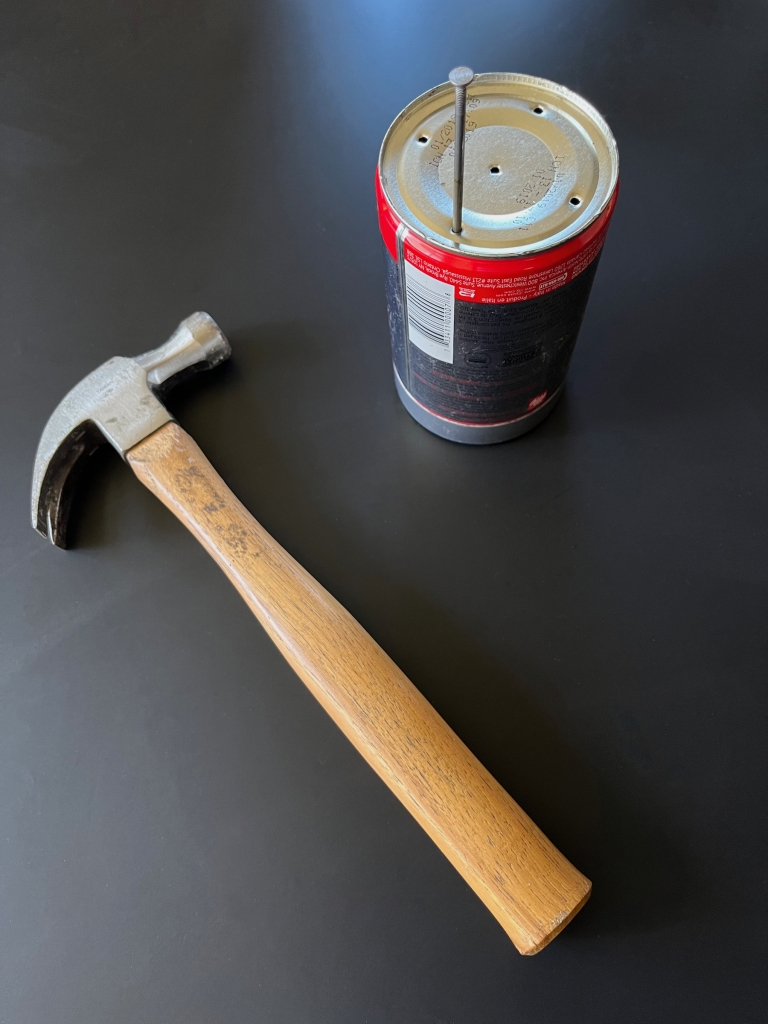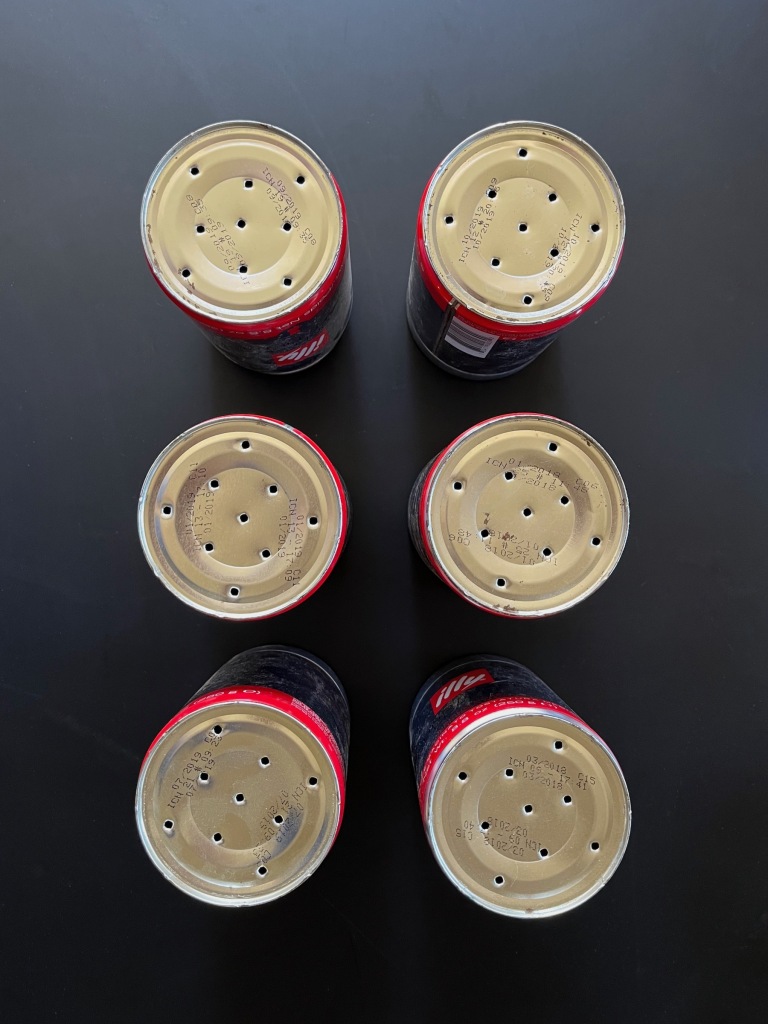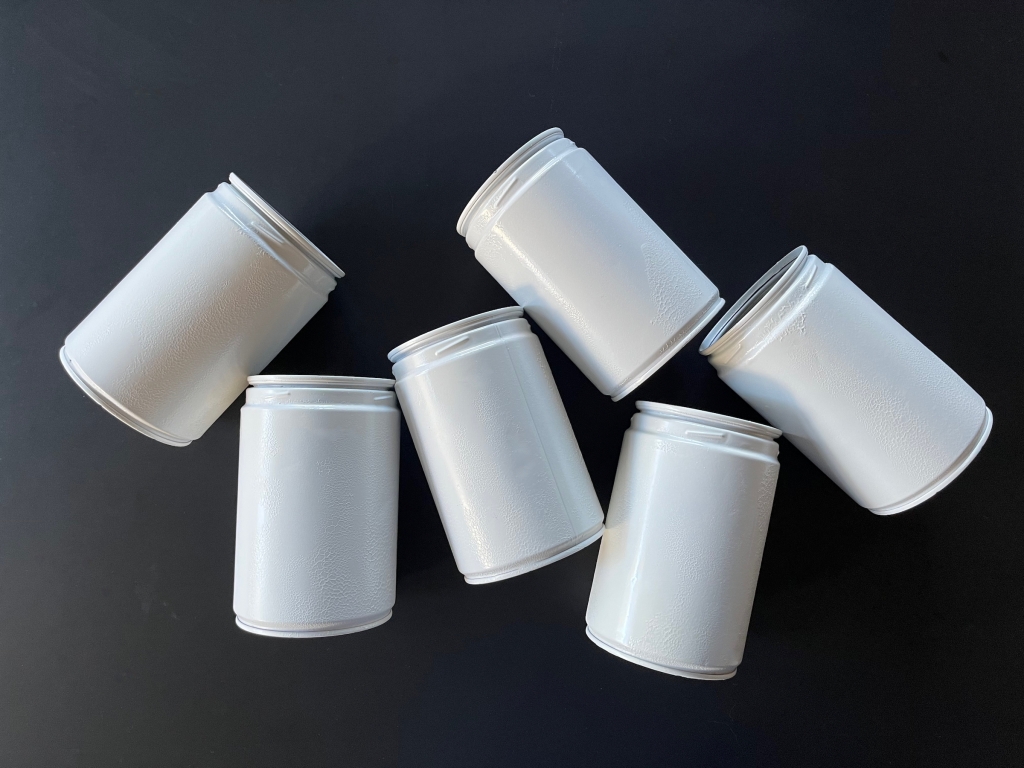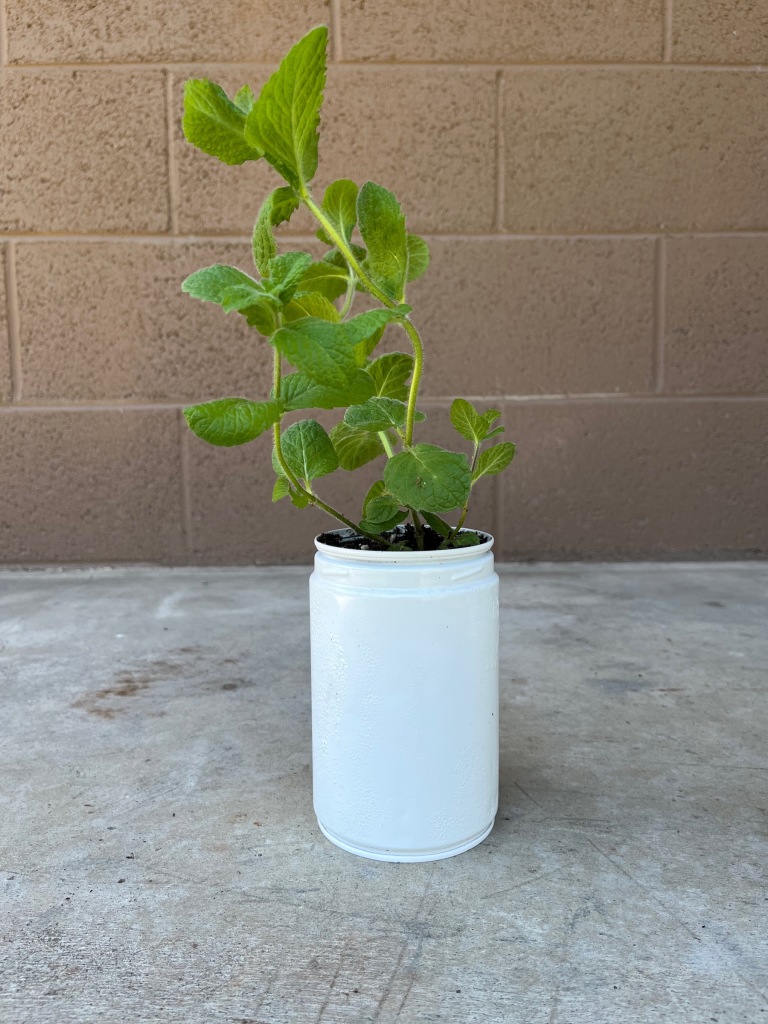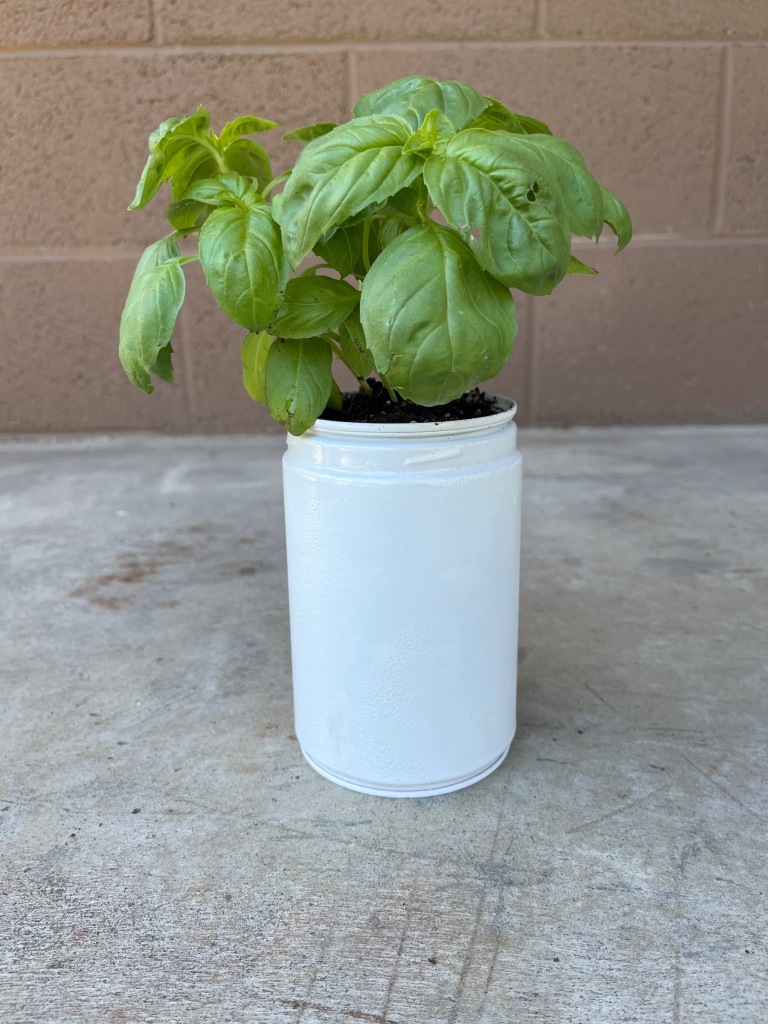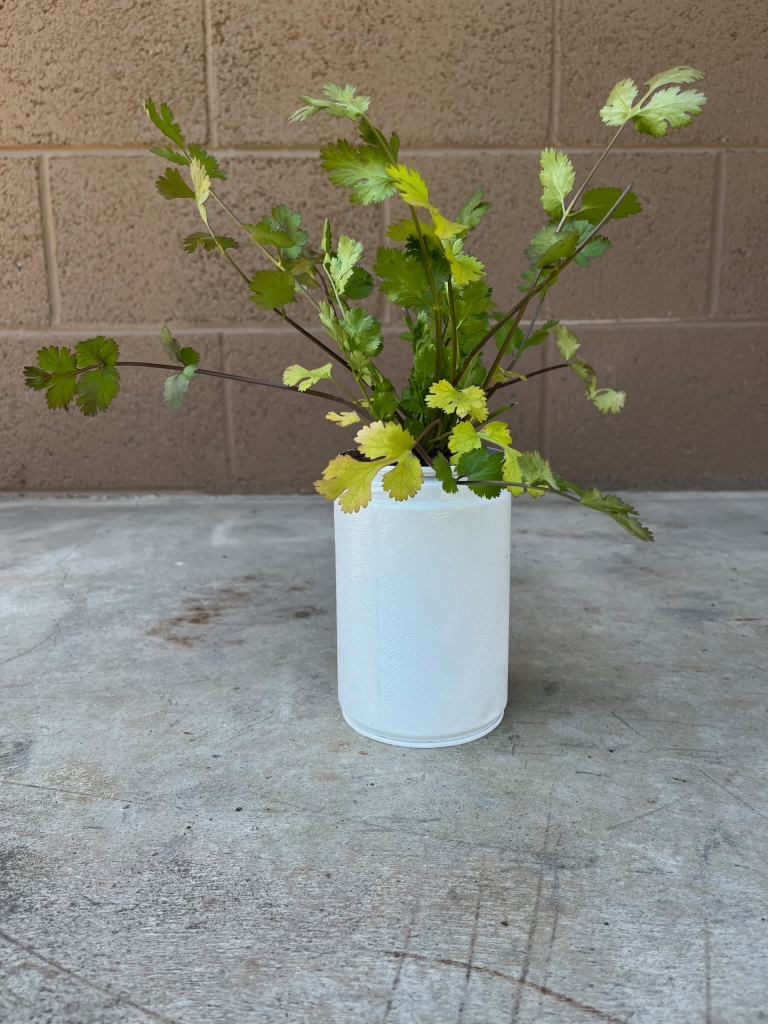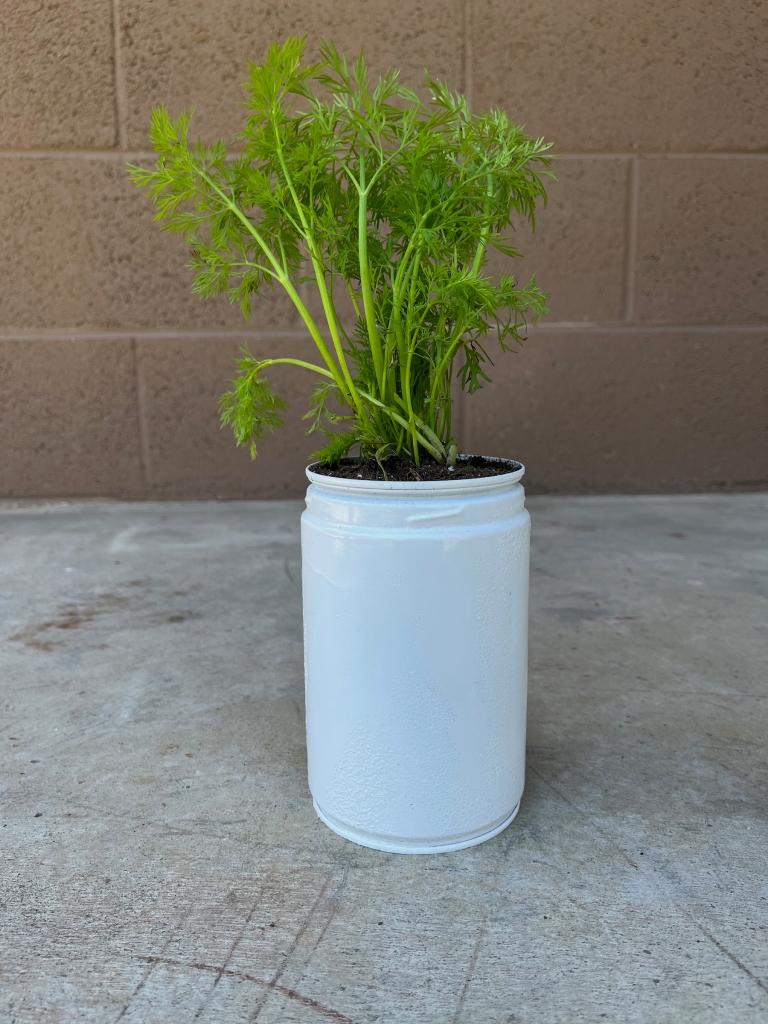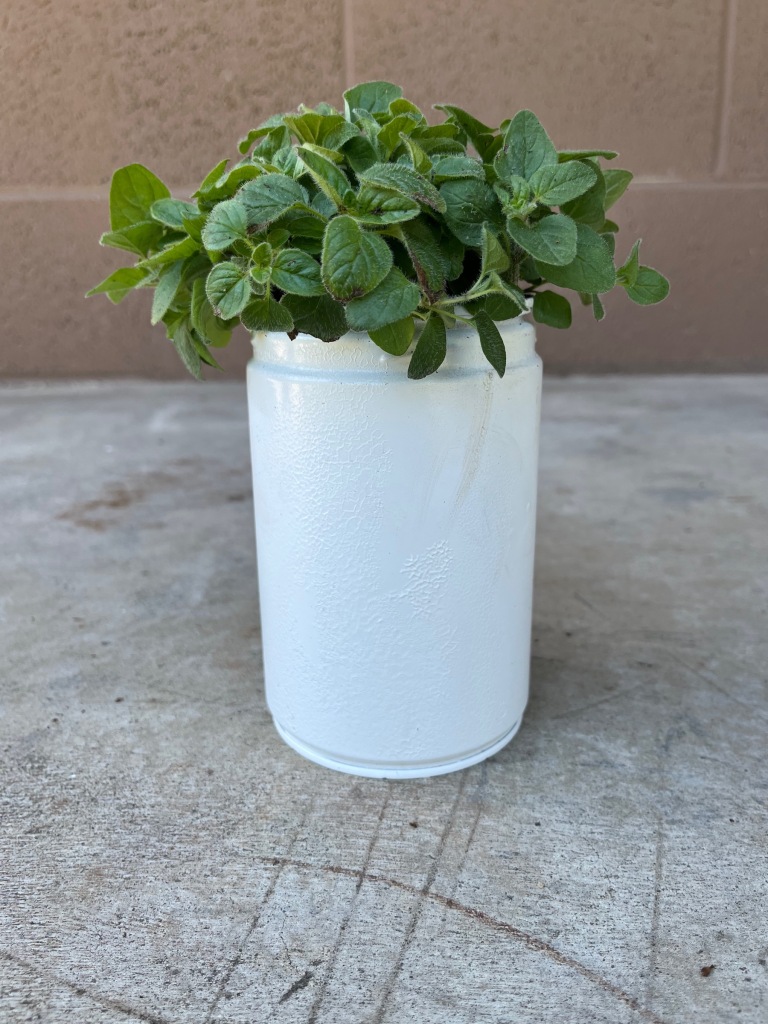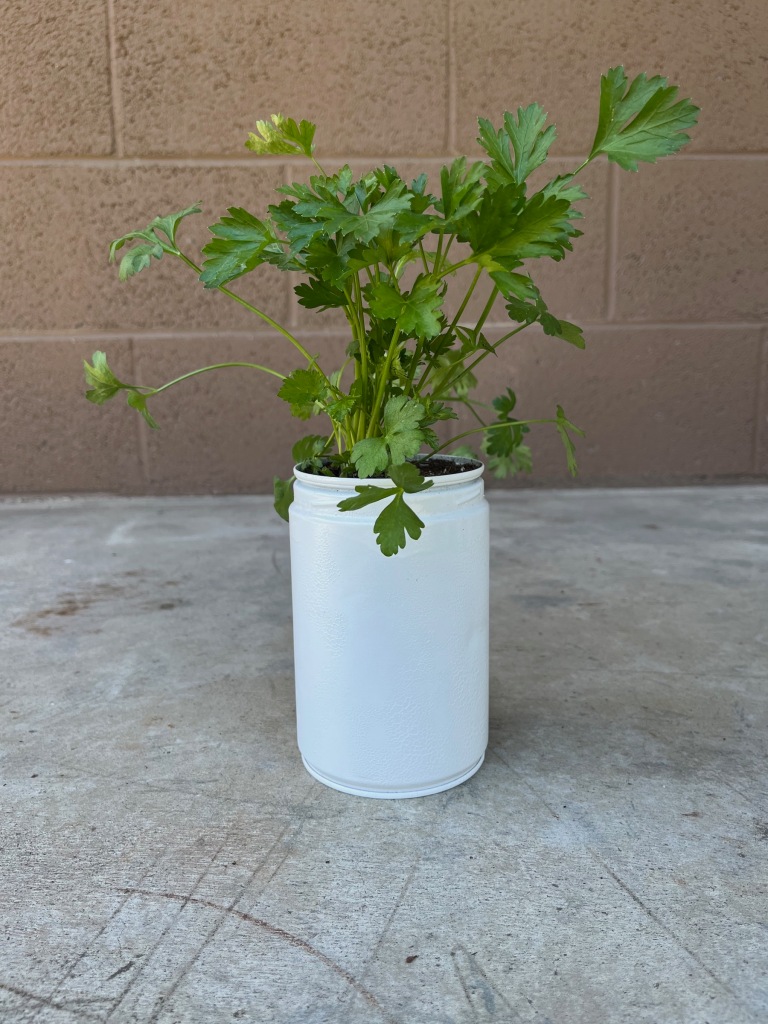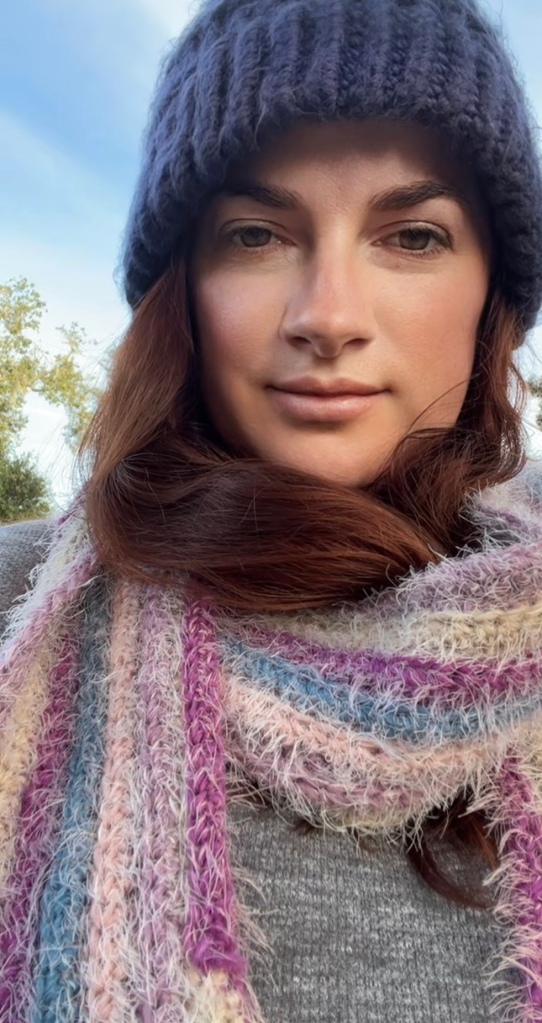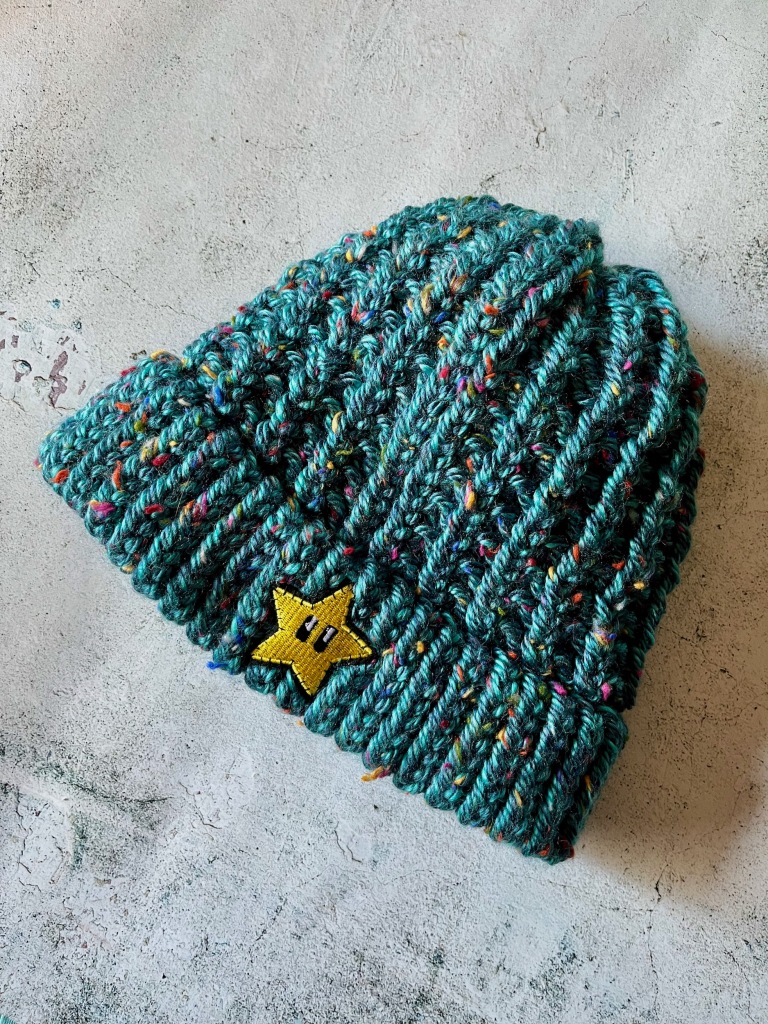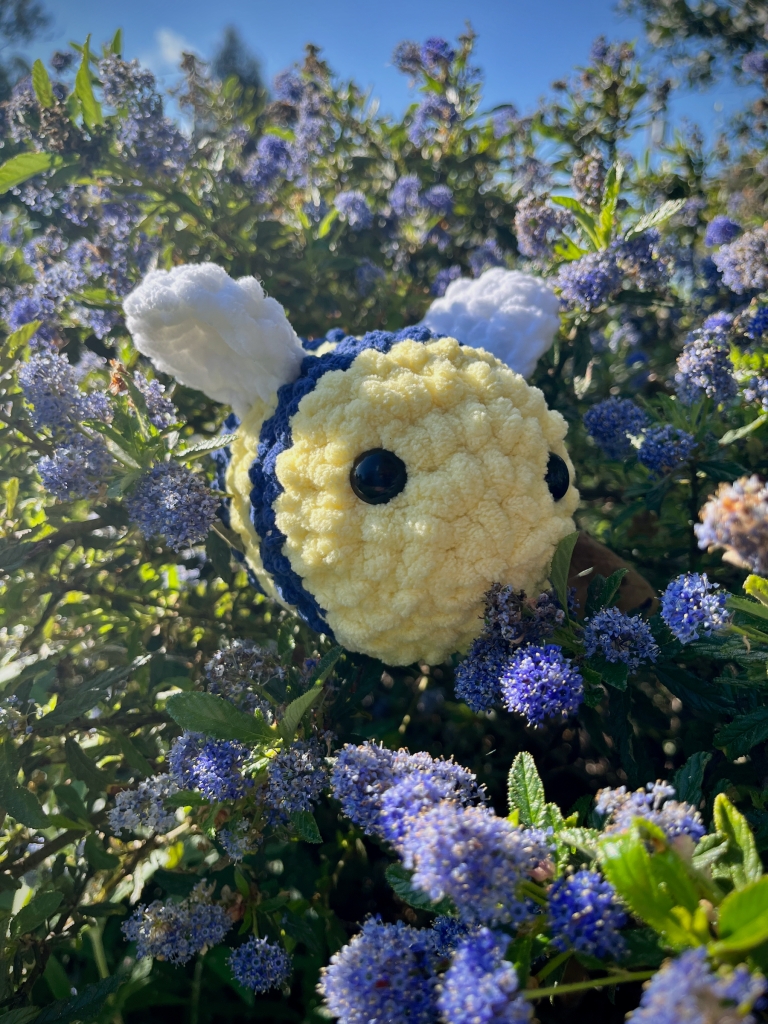
Welcome back friends! Do you crochet? I do! I feel calm and cozy when I’m crocheting, and fiercely proud whenever I complete a project.
I’ve seen some adorable bee plushies in the animated shows my daughter watches, and I wanted to create one for her!
This bee is soft and cuddly! The pattern is easy, and ideal for any level of crocheter (beginners included)! Any size 6 chenille-style yarn can be used in this pattern, but I used Bernat Baby in buttercup yellow and lapis blue, and for the white of the wings. You can use whatever color combination you prefer!
Let’s get started!
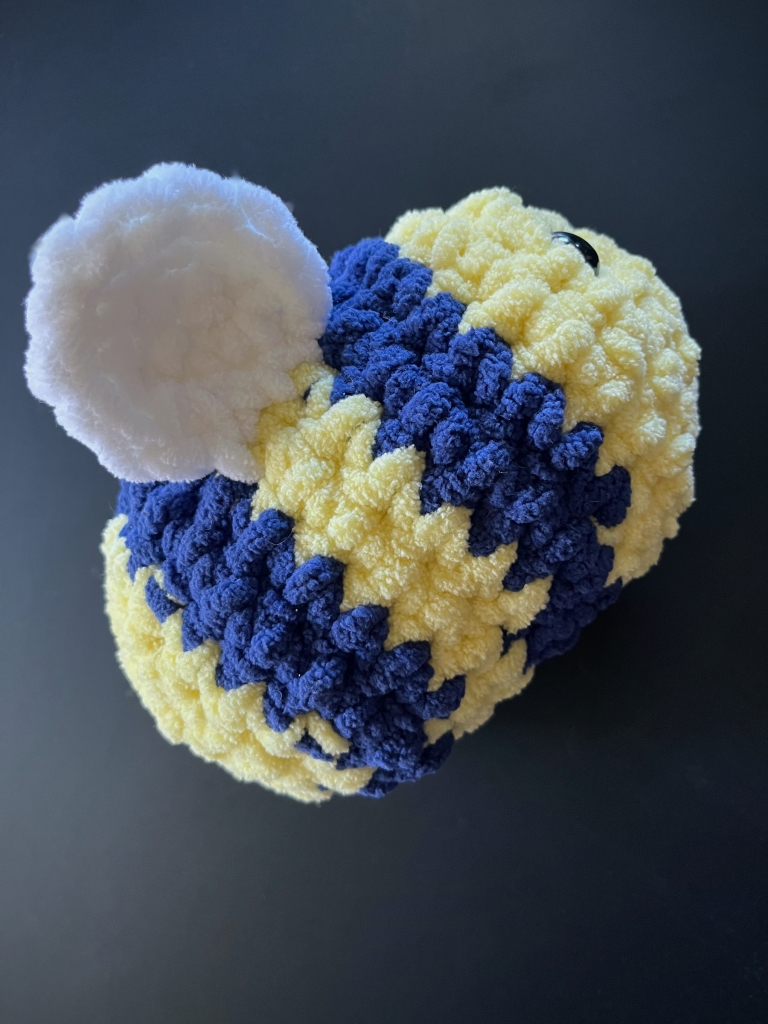
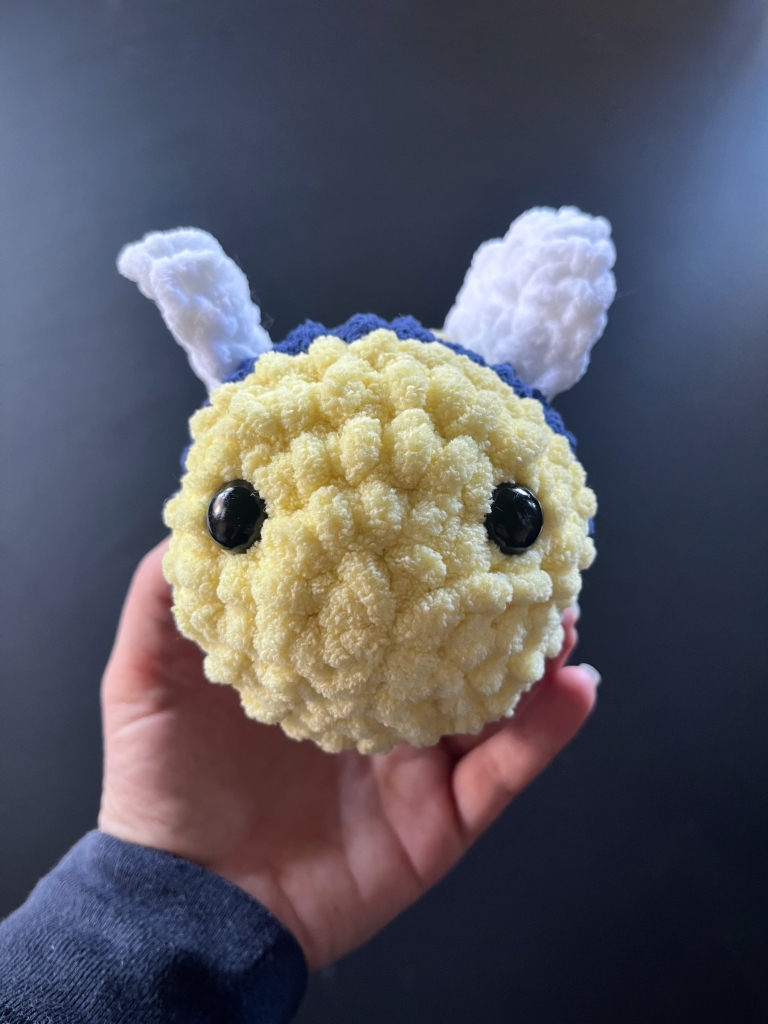
SUPPLIES
- Crochet hook (size 6.50 mm)
- Chenille-style yarn (size 6)
- Scissors
- Yarn needle or small crochet hook
- Fiber fill
INSTRUCTIONS
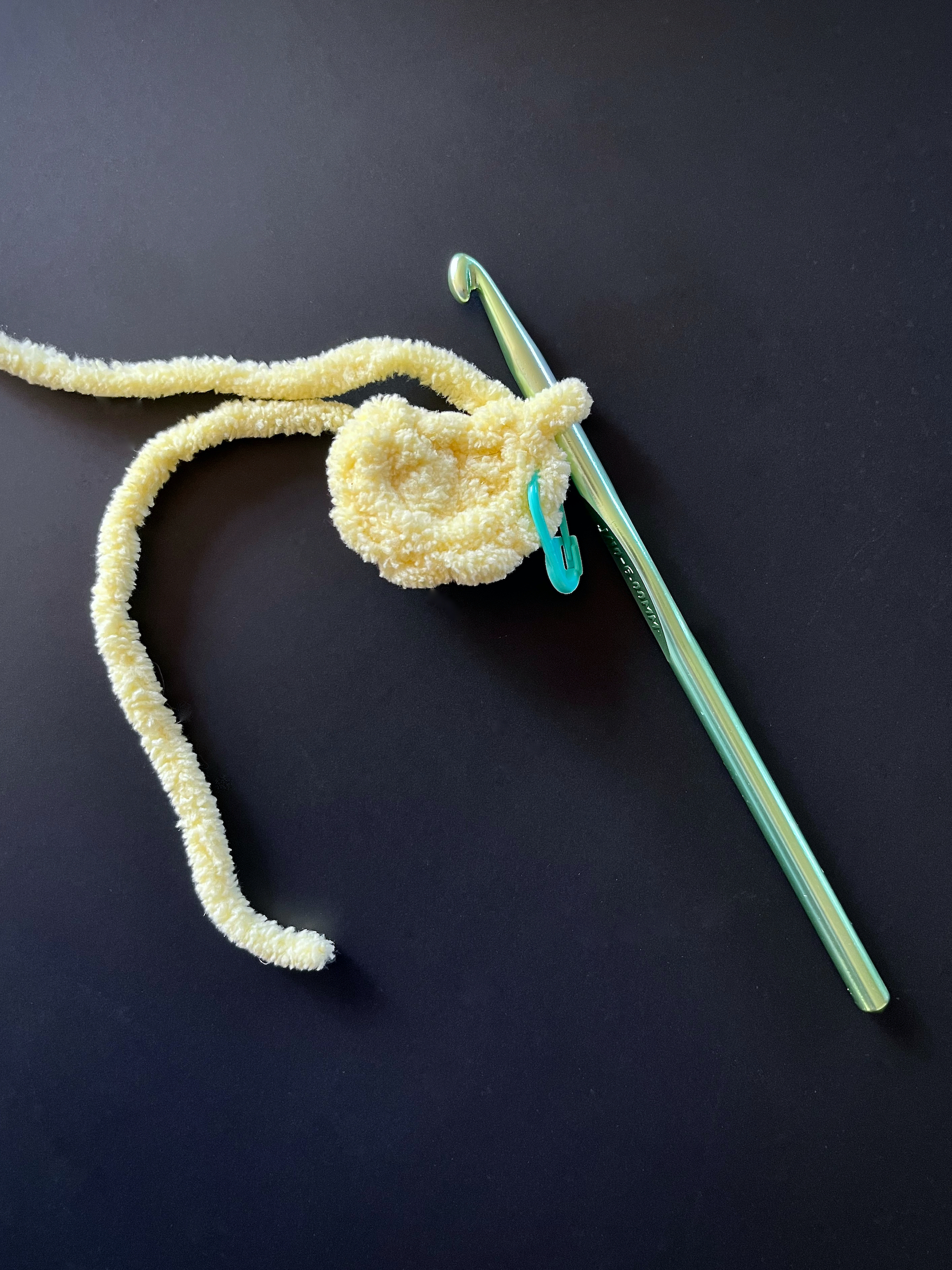
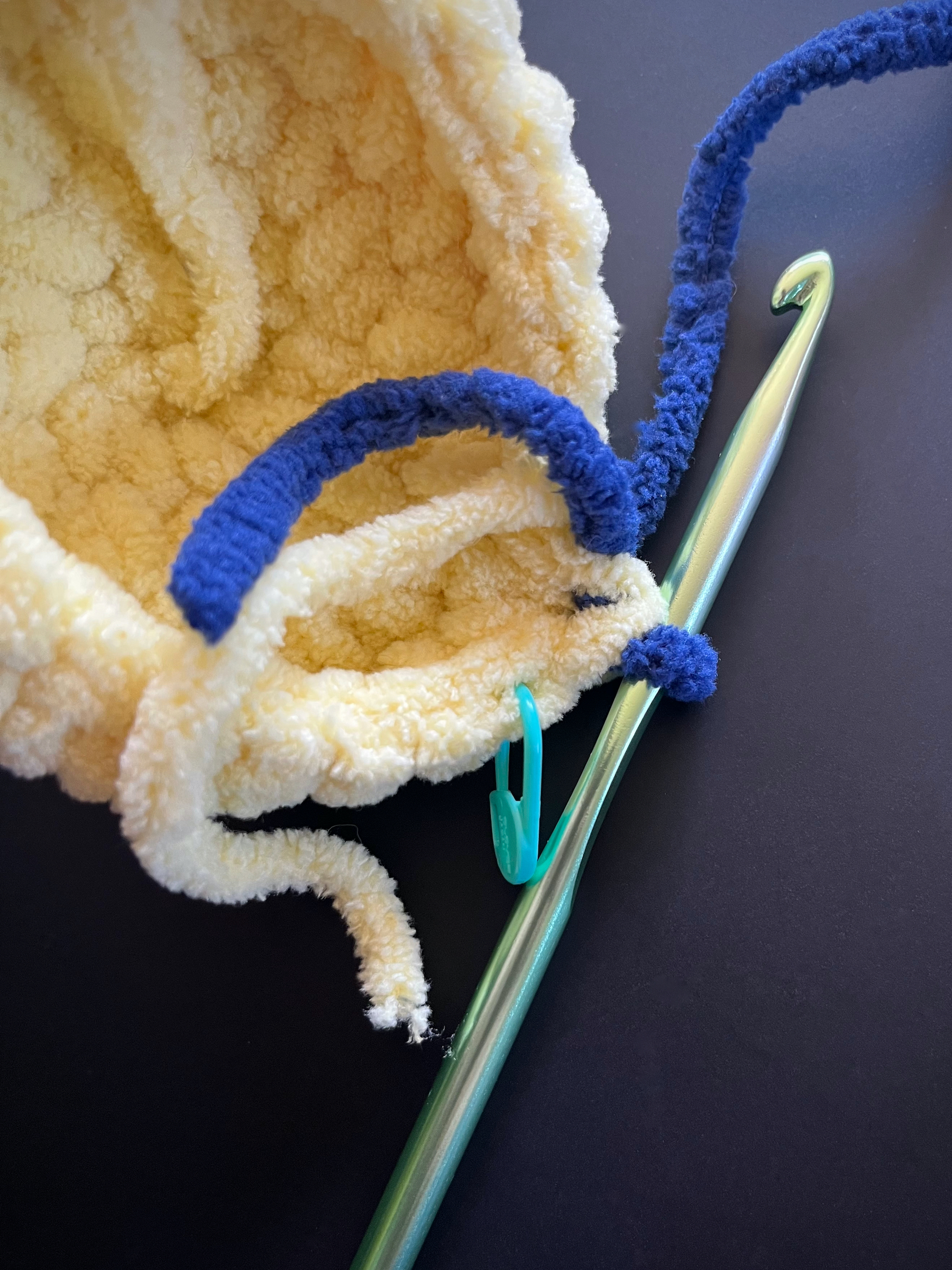
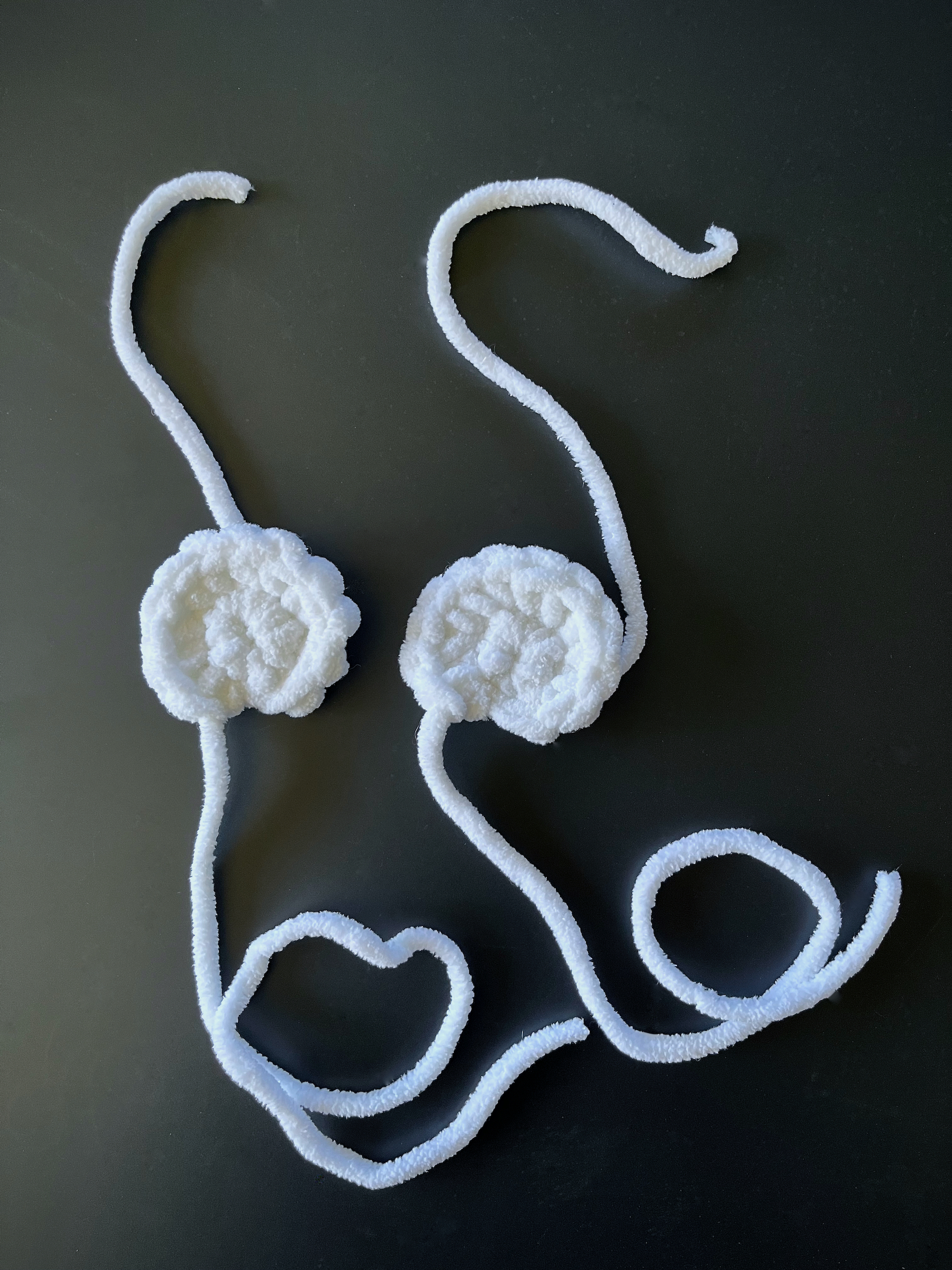
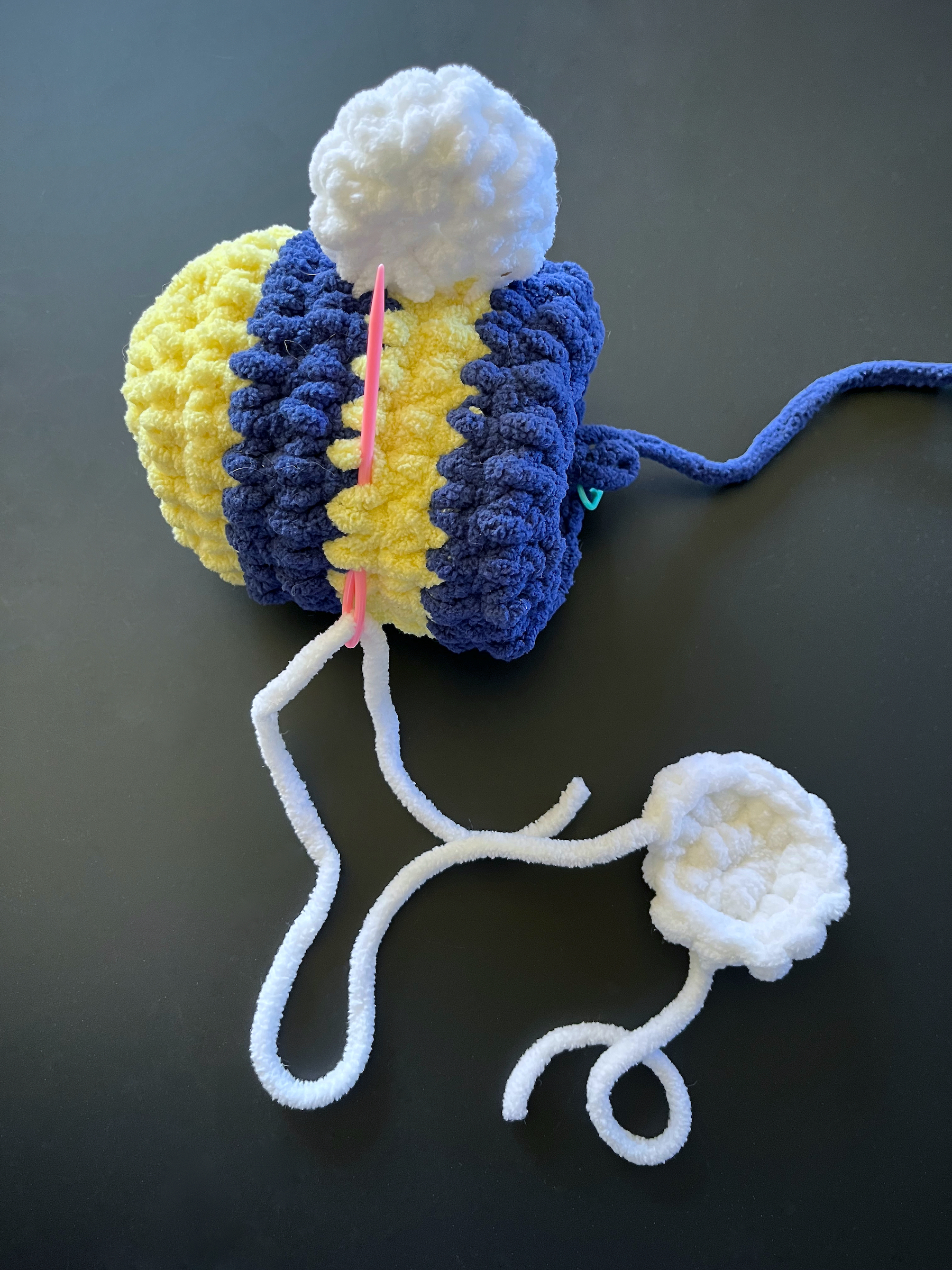
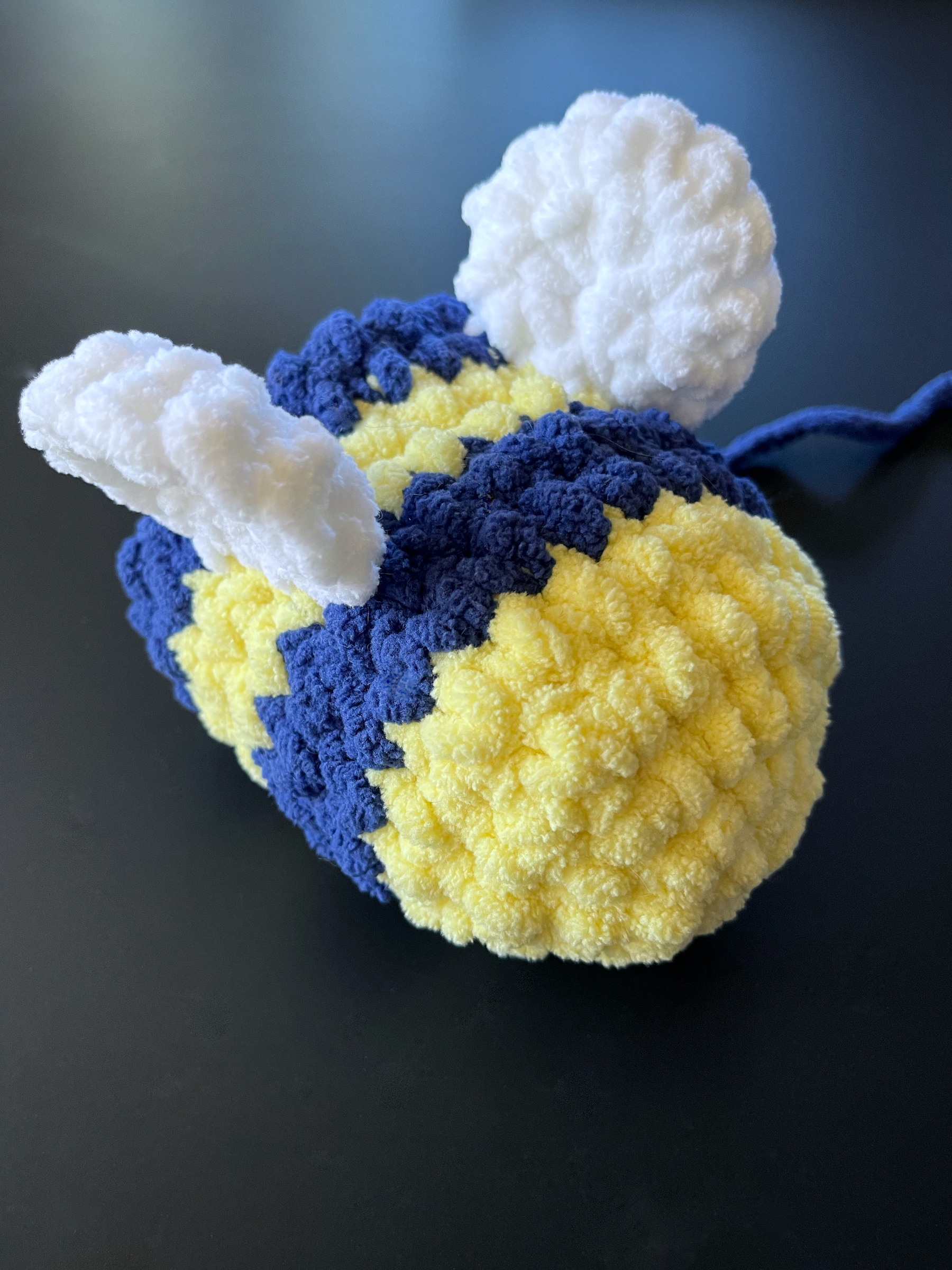
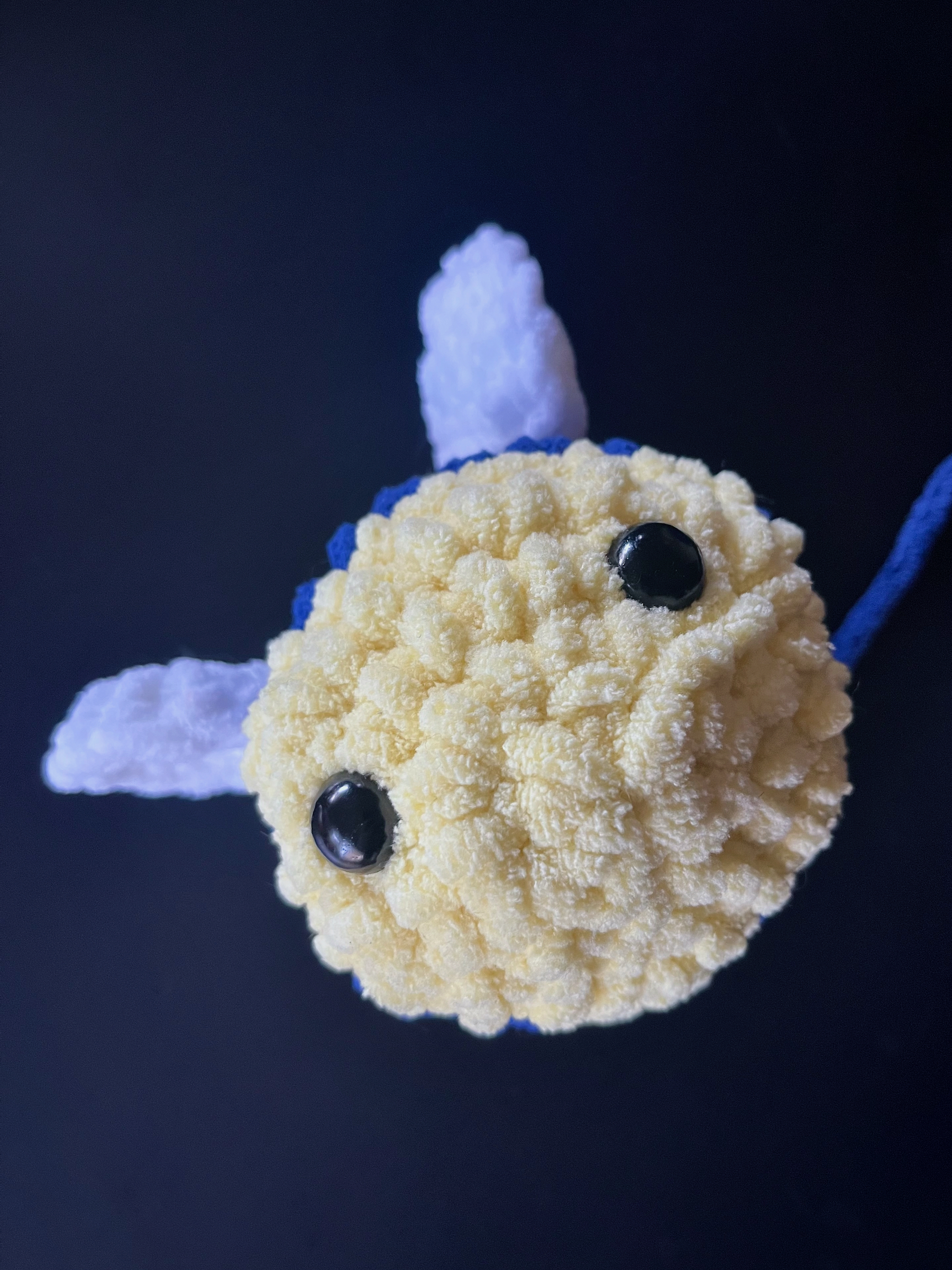
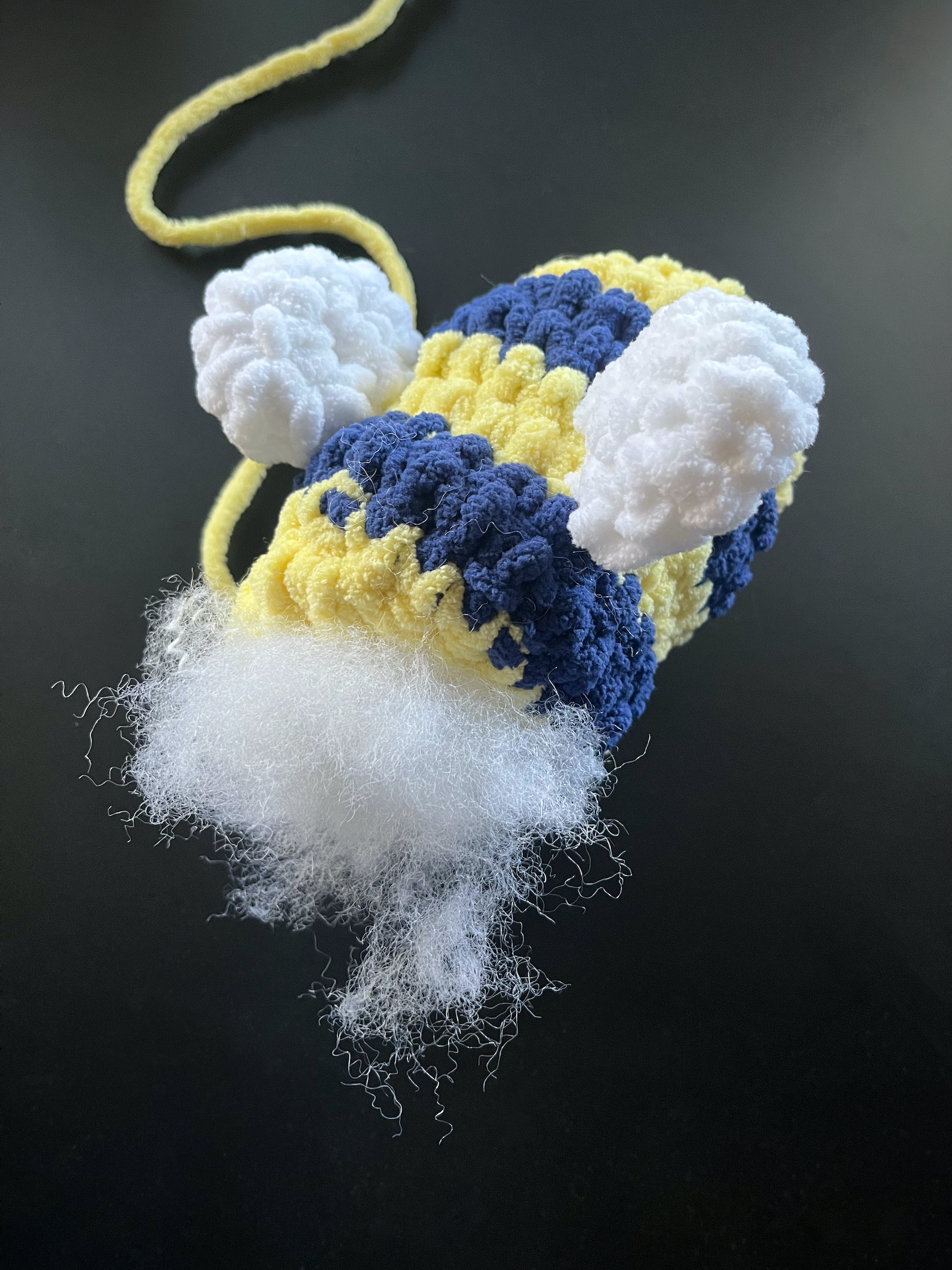
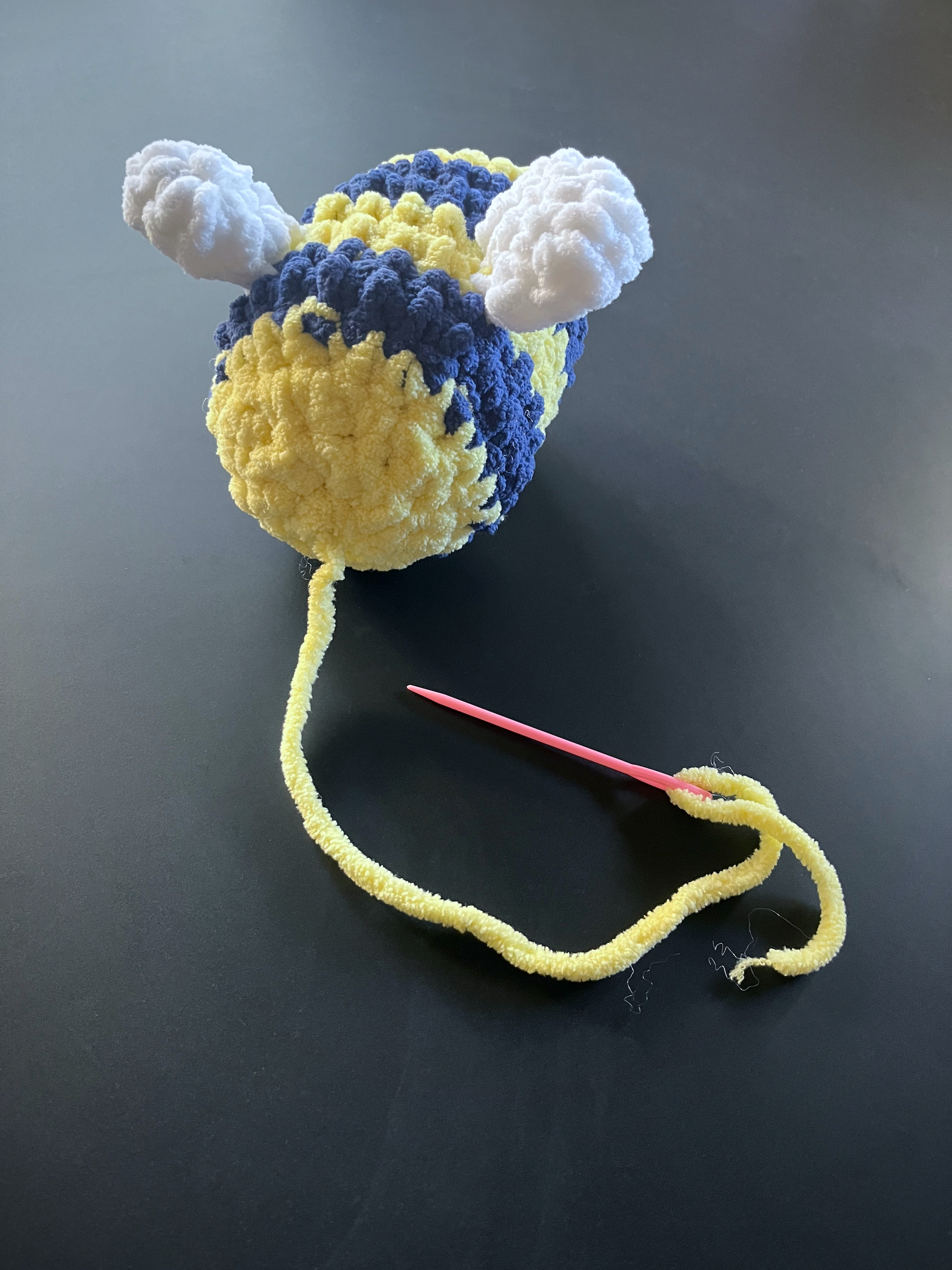
- Round 1: With the yellow yarn, create a magic ring with 6 single crochets (total of 6 stitches). Place a stitch marker in the last stitch of this round.
- Round 2: Increase in each stitch around (total of 12 stitches). Place a stitch marker in the last stitch of this round (henceforth remove it and move it up to the last stitch in each round after this one).
- Round 3: 1 single crochet, 1 increase, alternating around the round (18).
- Round 4: 2 single crochet, 1 increase, alternating around the round (24).
- Round 5: Single crochet in each stitch around (24).
- Round 6: Switch colors to blue (or whatever color you choose for the bee’s stripes), then single crochet in each stitch around (24).
- To switch colors insert your hook into the first stitch, yarn over and pull through so there are two loops of yellow on your hook. Hook onto the blue and pull in through the two loops of yellow to create the first stitch of Round 6 (for extra security, bring the two loose ends together inside the project and double knot).
- Round 7: Single crochet in each stitch around (24).
- Round 8: Switch colors back to yellow then single crochet in each stitch around (24).
- Round 9: Single crochet in each stitch around (24).
- Round 10: Switch colors back to blue then single crochet in each stitch around (24).
- Round 11: Single crochet in each stitch around (24).
- Set the main body aside for now and begin the wings.
- Wings Round 1: With the white yarn, create a magic ring with 6 single crochets (total of 6 stitches). Place a stitch marker in the last stitch of this round.
- Wings Round 2: Increase in each stitch around (total of 12 stitches). Place a stitch marker in the last stitch of this round.
- Cut the yarn about 8 to 10 inches from your hook and pull the loose end through the last stitch, then set it aside.
- Repeat steps 13 through 15 to create a second wing.
- Thread your yarn needle with the loose end of one wing, position it where you would like (somewhere on the band of yellow between the two black stripes), and insert your needle through one of the stitches. Pull through until the wing stops at the body of the bee. Position wing and stitch through the bottom of the wing where it comes into contact with the body of the bee. Repeat this stitching process along the bottom of the wing.
- If there is a tail from creating the magic ring, conceal it by stitching it into the wing and/or into the body of the bee.
- Repeat for the second wing.
- Attach the safety eyes.
- Body Round 12: Switch colors back to yellow, then 2 single crochet, 1 decrease, alternating around the round (18).
- Body Round 13: 1 single crochet, 1 decrease, alternating around the round (12).
- Begin stuffing the bee to your preference.
- Body Round 14: 6 decreases around (6).
- Cut the yarn off 8 to 10 inches from the project and pull it through the last stitch.
- Stuff the bee a little more if necessary.
- Thread the needle and insert the needle through each stitch, then pull tight.
- Knot and sew the remaining tail of yarn into the yellow stitches around.
- Enjoy!
